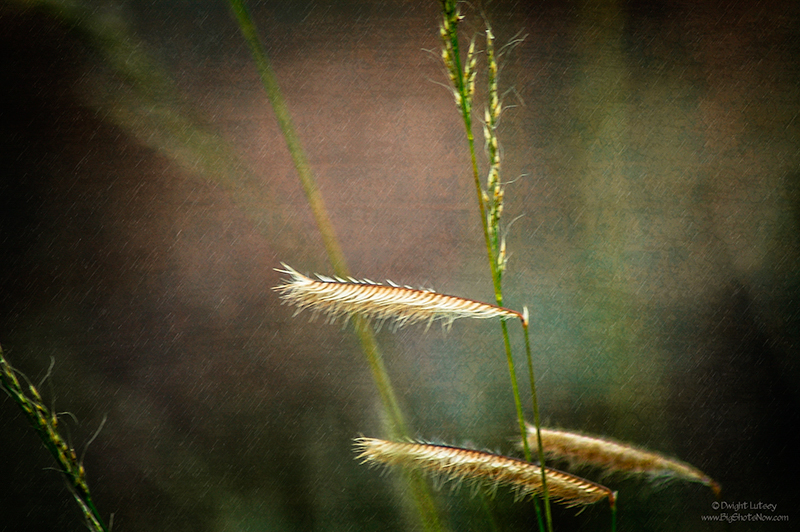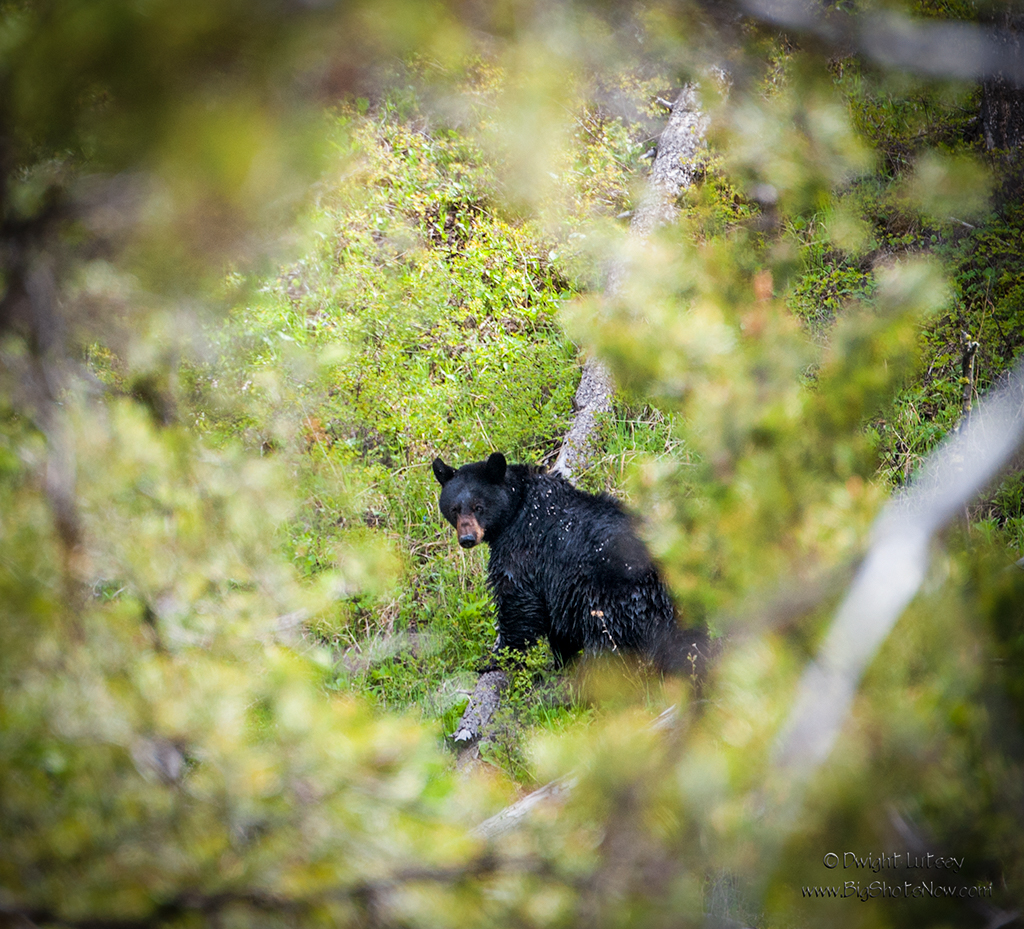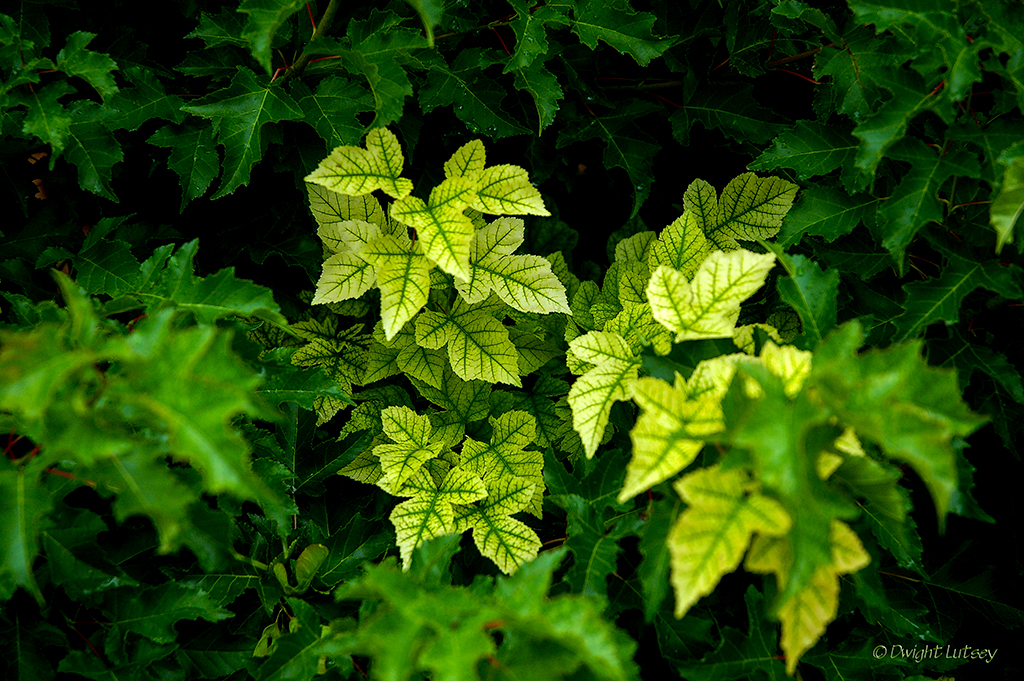If you’ve ever spent any time in the high prairie walking slowly through the waist-high grass you may have noticed out of the corner of your eye a brief golden flash amongst the greenery of the waving stems of grass. If you quickly glance over trying to catch a glimpse of what you saw, all you see are what appear to be the shining golden seed heads moving slowly back and forth in the wind. You may have even run your hand over them and felt the velvety softness along their sides. But those are not seed heads. They are instead a little known species called Wind Minnows.
Exclusive to the high plains as they run up against the base of the foothills leading to the Rocky mountains Wind Minnows are a rare but necessary species that have evolved to take care of the injured and damaged stalks of grass that occur due to predation by grazers, high wind, careless travelers that may have plucked the seed head from its place at the top of the grass stem, and any other natural misfortune to befall the delicate prairie growth. They may look like seed heads but they are something else entirely.
Most people viewing the grasslands for the first time see it as a strong vibrant lush expanse of foliage as far as the eye can see. But what is not generally known is that the grass itself is a delicate mechanism at risk of injury and death when parts of it are removed before its time. If for instance the seed head is removed prematurely it leaves an open wound at the end of the grass stem and the grass will then react much like a “ringed” tree where its bark is removed around the circumference of the trunk so the nutrients the tree needs to sustain life cannot reach the leaves and branches and the tree dies. The life force drains out of the grass stem through this open wound at the top of the stalk much the same way as the hapless tree and is carried away by the wind and lost forever. The grass unable to stem the flow of its vital nourishment dies.
That’s where Nature in its infinite wisdom has stepped in and provided a solution to this problem in the form of the Wind Minnows. Mimicking the appearance and feel of a seed head exactly, but free to move effortlessly through the canopy and the slender forest of grass stems by using the wing like fronds along its sides to propel it through the air, much like minnows use their fins in the water, they can move quickly from one stalk to another. When they find a damaged stalk they affix themselves to the top of the stem and placing their specially formed mouths over the wound they exude a substance much like an adhesive that seals the opening at the top of the stem thereby saving the grass from dying.
That’s why occasionally, if you are very fortunate, you will see the flash and the abrupt spiraling of the schools of Wind Minnows as they dart and swirl quietly through the tall prairie grass. Their flashing color catching the sun and reflecting their golden shapes as they twist and turn in great golden spirals until they find an area where the grazers have recently been feeding. They are looking for the hundreds if not thousands of damaged grass stems produced by the grazing animals as they forage through the tall grass. When found they spring into action, each Wind Minnow seeking out the nearest injured grass stem and beginning its life saving efforts to save the plant.
The next time you visit the high prairie take a moment to walk through the grasses, watch for the telltale glimpses of brightness as the Wind Minnows go about saving the grasslands. And thank Mother Nature for her foresight in creating Wind Minnows. An unusual solution to an unusual problem.




You must be logged in to post a comment.